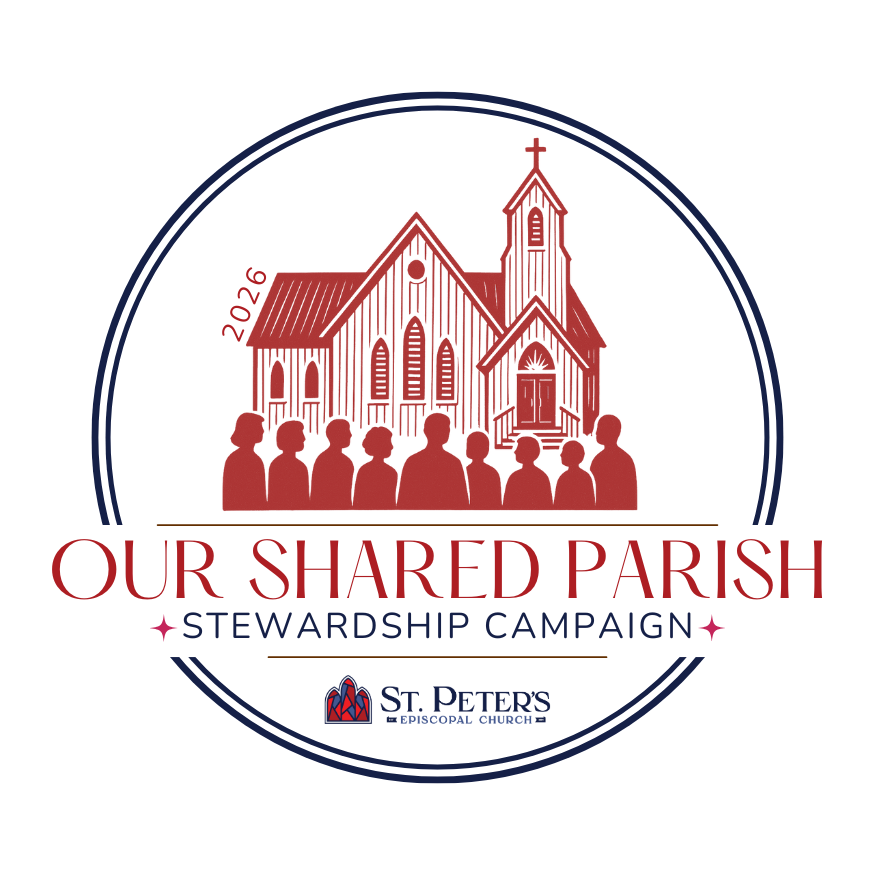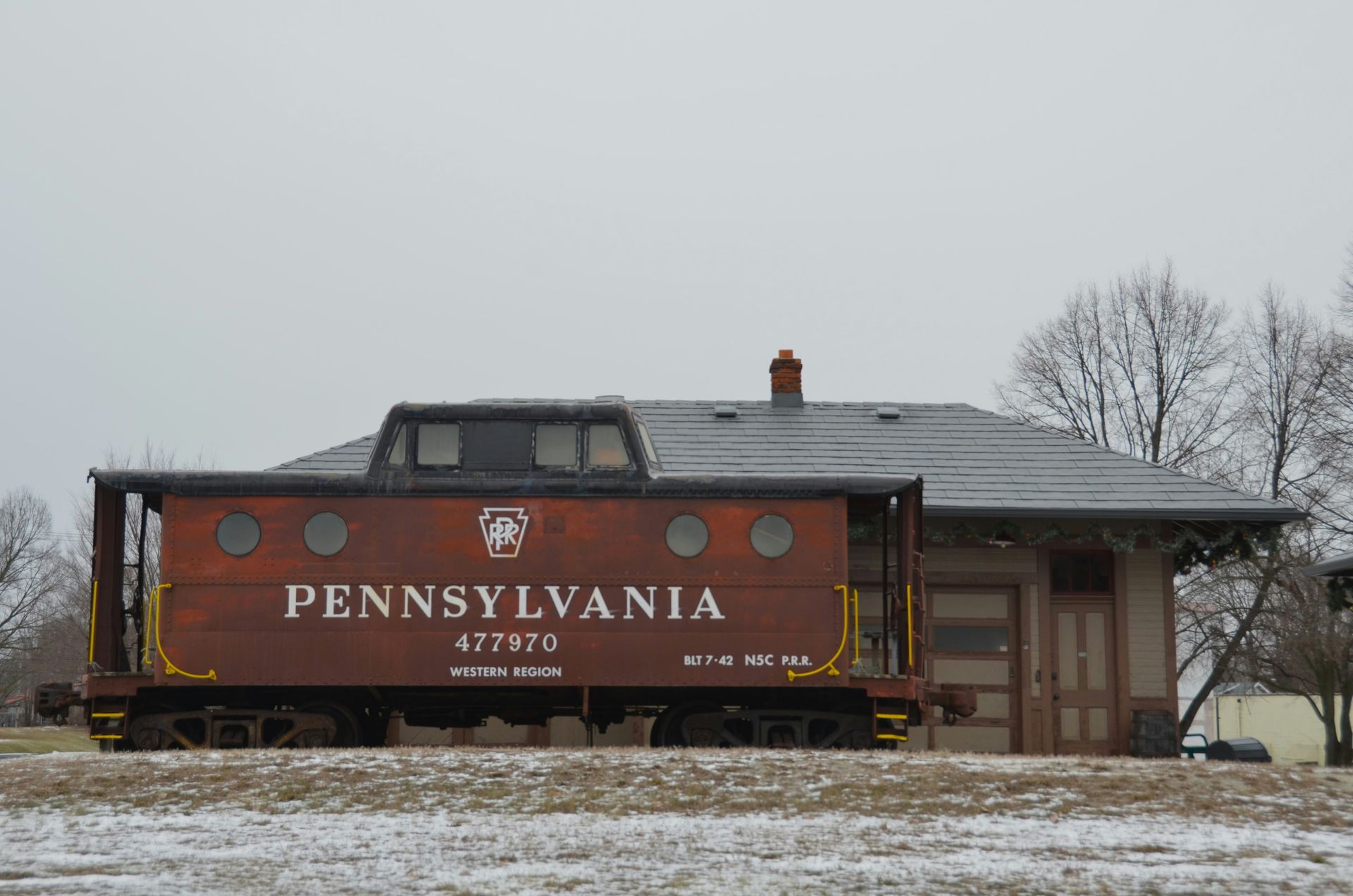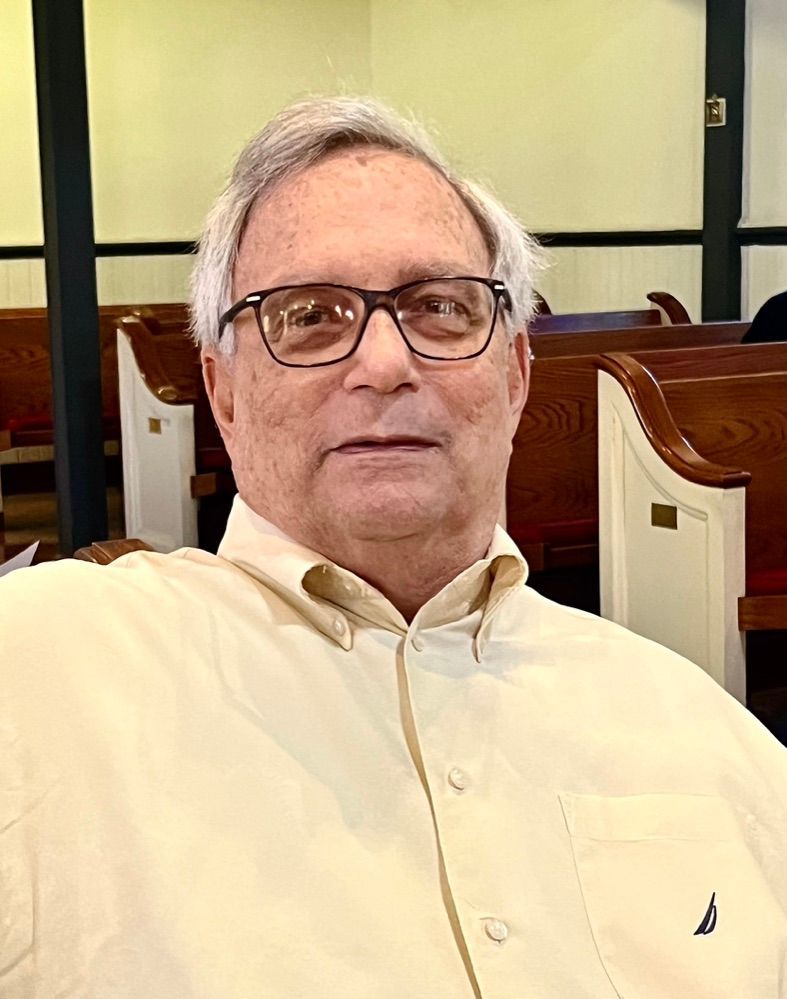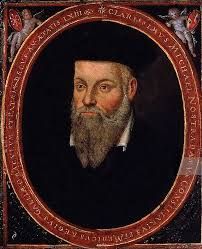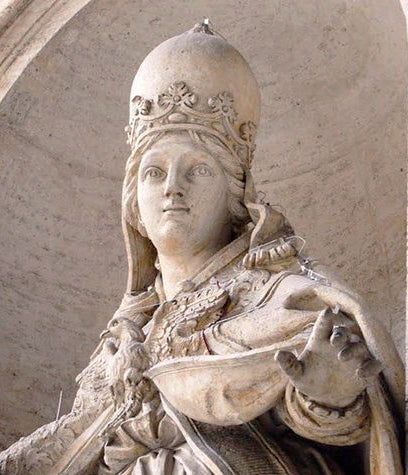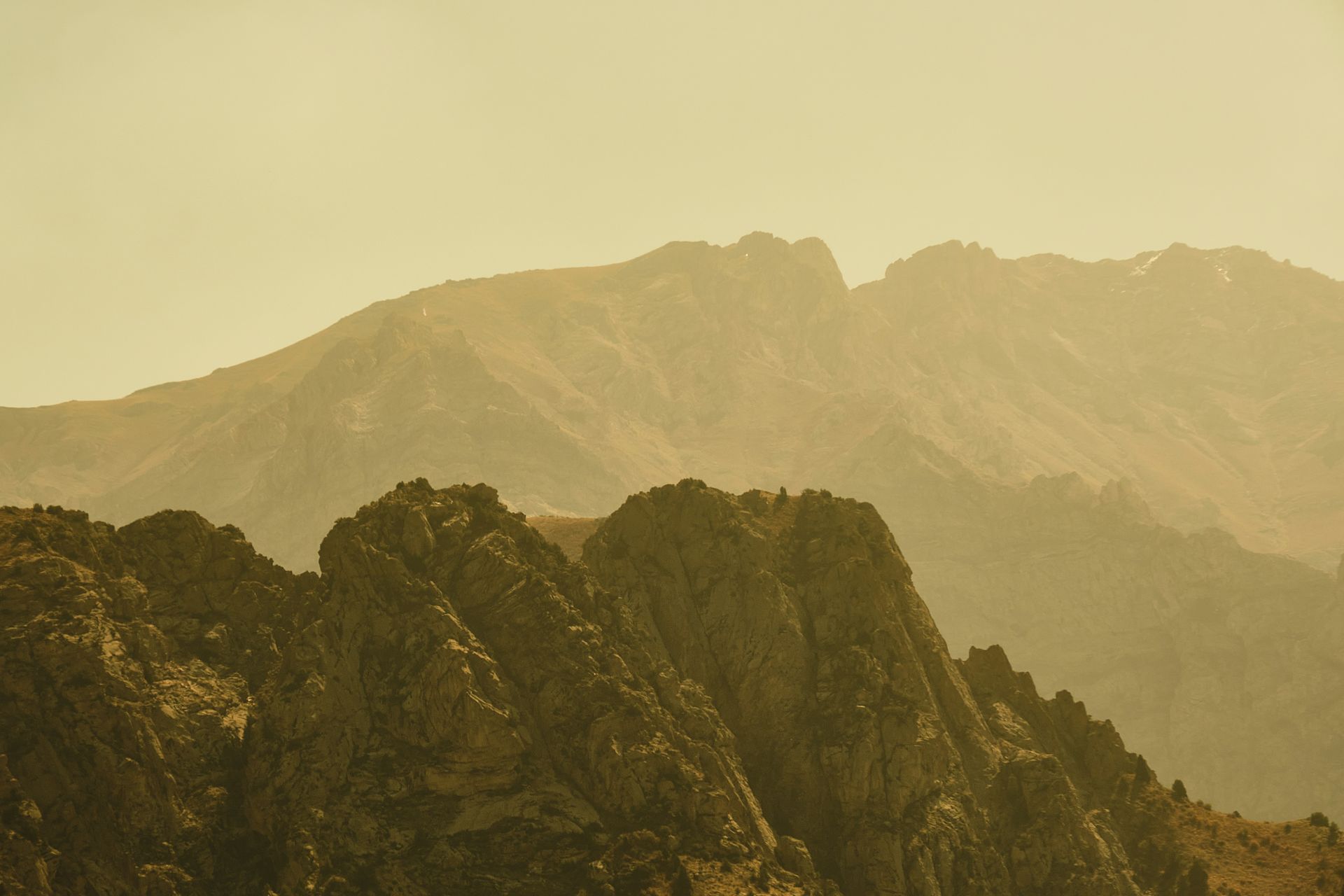THE WEEPING ICON OF TARPON SPRINGS
By John Santosuosso
The fishermen and farmers began to arrive in the mid-1870s. It was not too long after that before two of America's most famous landscape painters, George Inness and his son George, Inness, Jr., would discover the Tarpon Springs area and capture some of its beauty on canvas. George Inness, Jr., in particular, also seems to have gained spiritual insights from his time here, and this is often reflected in his paintings. Some of these are in the possession of the local Unitarian-Universalist church (which dates back to the early years of the community) and can be viewed by appointment.
By 1887 Tarpon Springs was a fully incorporated town. Three years later its famous sponge industry began, and by 1905 several hundred sponge divers from Greece had arrived. The divers and their families not only brought their professional skills with them, but also their Greek Orthodox faith and their patron saint, Saint Nicholas. In 1943 the Greek community's present church, the Cathedral of Saint Nicholas, was completed. The church is a beautiful example of neo-Byzantine architecture and modeled on the Hagia Sophia in Istanbul, which at one time was the largest Christian church in the world. Visitors are welcome to tour its magnificent interior any time services are not being held.
Tarpon Springs is noted for its celebration of the January 6th Feast of the Epiphany. Services draw many to the cathedral on that day, and afterwards crowds gather at nearby Spring Bayou to watch boys sixteen to eighteen dive to recover a cross cast into the water by the Archbishop. The one who finds it is said to receive a year of good luck. This observance was first held in 1920.
The theme of the Epiphany is different in Eastern Orthodox churches than in Roman Catholic and those Protestant churches that observe the day. In the West it commemorates the arrival of the Magi (Wise Men) in Bethlehem to bring gifts to the baby Jesus. The traditional final resting place of the Magi is in the West, in a gold sarcophagus in Cologne Cathedral in Germany. In Eastern Orthodoxy it is focused on the baptism of Jesus. In keeping with that theme worshippers can obtain small bottles of holy water after the service concludes at St. Nicholas Cathedral.
In 1970 something happened at Saint Nicholas Cathedral that to this day no one has been able to explain. On December 5, the day before the feast day of Saint Nicholas, an icon of Saint Nichols located near the entrance to the church appeared to be weeping tears. It would do this "off and on" during the Christmas season through 1973. A carpenter was called in to examine the case protecting the icon. He pronounced it as air tight, with nothing able to enter. The Archdiocese of New York carried out an investigation but came up with no answer, and proclaimed it an apparent miracle. Janet and I on one occasion were able to visit the church and did see the tears. After 1973 the weeping stopped. In 1989 several icons were reported as weeping at the nearby Shrine of St. Michael (said to be a place of miraculous healings). However, the probability that these were faked is extremely likely. For whatever reason he had, Saint Nicholas appears to have stopped weeping after 1973.
Do icons or statues really weep, or is there a natural explanation, or maybe a case of us seeing what we want to see? I cannot answer that question and will leave it to you to decide. What I do wonder is if the tears were real why would Saint Nicholas be weeping, or why might the tears begin again in our own day. We must never forget that there are always many good people accomplishing many good things and doing their best to live a life that reflects what our Lord has called us to do. None the less, we know there is much in our world that seeks to violate the will of God and the kind of place that God made possible for us to inhabit. Is it any wonder that the statues and the icons weep? We have been called to do what we can to help to dry their eyes. At Saint Peter's let us continue to work toward that goal.
Note: This is some further information on the paintings of George Inness, Jr. His masterpiece is considered to be a work entitled "The Only Hope." It is an abstract piece depicting Jesus casting his light upon the world. For many years it was in the collection of the Unitarian-Universalist Church and may still be there. However, I recently saw a reference that appeared to indicate the painting was sold in 2022. I have been unable to find any further information.
George Inness, Jr., was also noted for his paintings using various shades of green. An attractive example of this can be found in the Eleanor Searle Drawing Room of Joseph Reynolds Hall on the campus of Florida Southern College.

